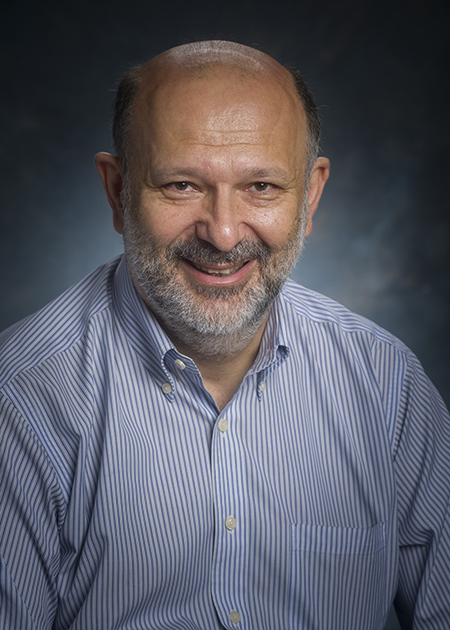 Vladimir Parpura, M.D., Ph.D.Vladimir Parpura, M.D., Ph.D., professor in the University of Alabama at Birmingham Department of Neurobiology, School of Medicine, has been named a council member of the International Society for Neurochemistry. His four-year term begins during a joint meeting with the American Society for Neurochemistry in Canada in August.
Vladimir Parpura, M.D., Ph.D.Vladimir Parpura, M.D., Ph.D., professor in the University of Alabama at Birmingham Department of Neurobiology, School of Medicine, has been named a council member of the International Society for Neurochemistry. His four-year term begins during a joint meeting with the American Society for Neurochemistry in Canada in August.
Parpura is finishing a two-year term as president of the ASN and has been a council member of the ASN, serving as the society’s chair of the membership committee and secretary.
The International Society for Neurochemistry is a nonprofit, membership organization and the only international society focused on neurochemistry. Since its inception in 1965, ISN strives to promote all relevant aspects of molecular and cellular neuroscience.
ISN members are scientists and physicians who are active in the field of neurochemistry, cell and molecular neuroscience, or related areas. Its aims are to facilitate the worldwide advancement of neurochemistry and related neuroscience disciplines, to foster education and development of neuroscientists, particularly of young and emerging investigators, and to disseminate information about neurochemistry and neurochemists’ activities throughout the world.
Parpura earned his medical degree from the University of Zagreb in Croatia and his doctorate in neuroscience and zoology from Iowa State University. He also holds a faculty position at the University of Rijeka, Croatia. His research focus is on the release of transmitter glutamate from astrocytes, the most numerous cells in the brain. In recent years, his laboratory has initiated a new line of research in neuro-nanoscience using carbon nanotubes to affect neuronal and glial growth and function, which can be used in repair after brain injury and in the brain-machine interface.